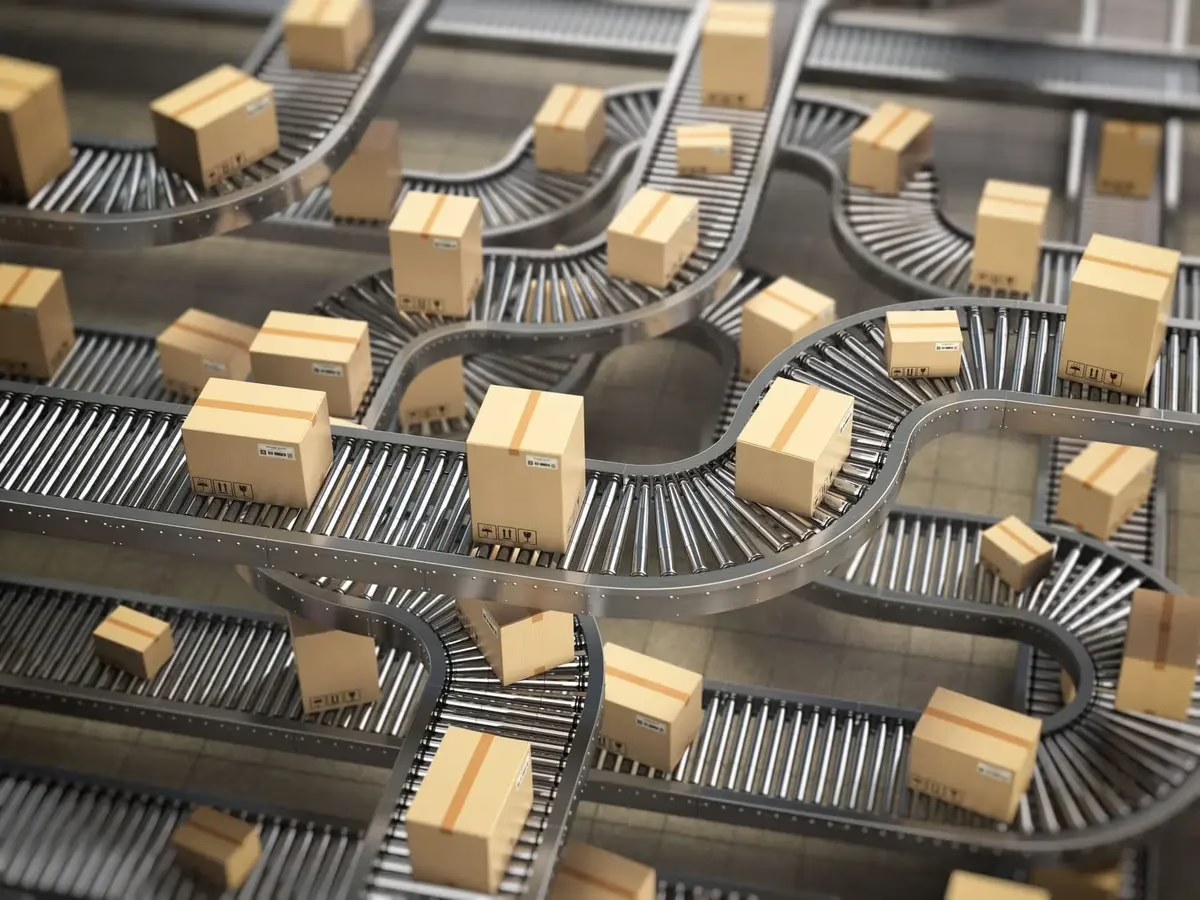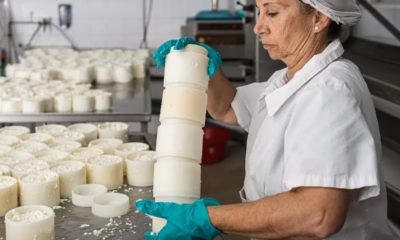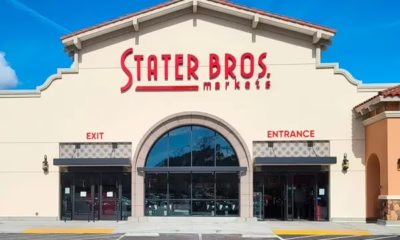Fresh Produce
Embracing Futuristic Tech to Optimize Supply Chain Operations

Embracing Futuristic Supply Chain Strategies for Fresh Produce Success
How Innovation is Reshaping Cold Chain Operations
Retailers must now adopt futuristic supply chain strategies to meet growing demands for freshness, speed, and transparency. Advanced technology, combined with skilled teams and smart planning, has become critical in ensuring efficient produce delivery.
Transporting fruits and vegetables from farms to stores must happen quickly and safely. Operators can no longer rely on outdated methods.
Innovation Drives Supply Chain Transformation
Industry leaders emphasize that supply chains must evolve. Abe Eshkenazi from the Association for Supply Chain Management said innovation is now essential.
Modern cold chain systems need visibility and control. Technologies such as IoT sensors and blockchain help track temperature, location, and timing.
Predictive analytics also play a vital role. These tools forecast delays, alert teams to temperature risks, and help operators adjust quickly.
Responding to Shifting Consumer Demands
Today’s shoppers expect more than fresh produce. They also want to know where food comes from and how it gets delivered.
That expectation pressures retailers to enhance traceability throughout the supply chain. Transparency now influences purchasing decisions.
Additionally, globalization stretches supply chains further, increasing risk. However, digital tools help companies manage that complexity and ensure efficiency.
Building Resilient and Efficient Delivery Networks
Every produce item has unique transport needs. Operators must consider perishability, distance, cost, and speed when choosing logistics strategies.
Intermodal transport, which blends multiple delivery modes, often provides the best balance between speed, expense, and reliability.
Moreover, strong quality control at handoff points is essential. Teams must monitor conditions throughout the journey to avoid product damage.
Why Data and Visibility Matter More Than Ever
Full visibility into supply chains enables better planning and quicker decisions. Without shared data, blind spots can create delays and waste.
Real-time systems help optimize inventory, predict demand, and respond to disruptions. Retailers gain an edge by embracing this transparency.
Furthermore, futuristic supply chain strategies help reduce waste and promote sustainability—two values modern shoppers appreciate deeply.





















